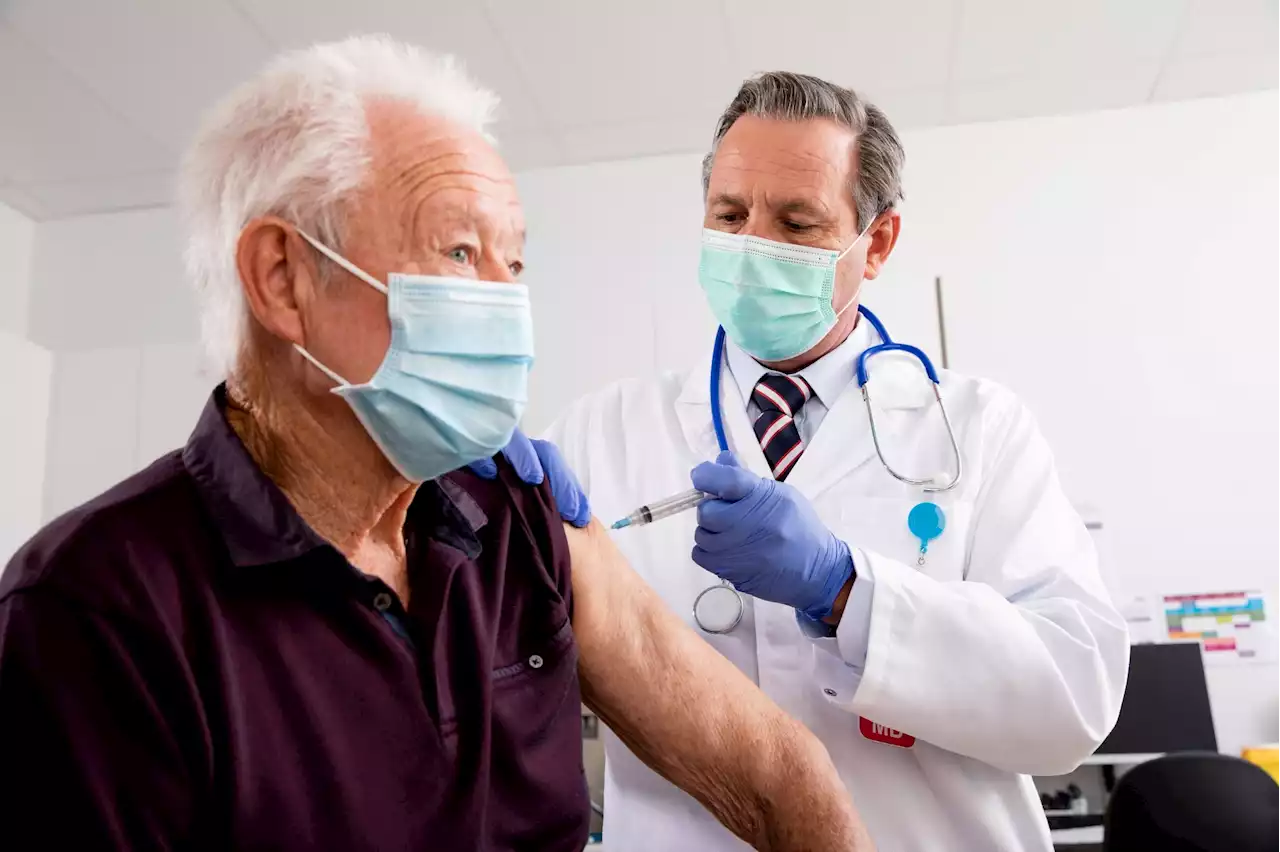The Chinese government has called on retired military and government workers to help boost production at the world's largest iPhone factory amid COVID staff shortages
The Chinese government has called on retired military and government workers to help boost production at the world's largest iPhone factory amid COVID staff shortages.
An open letter posted on WeChat asks veterans and ex-civil servants to"answer the government's call" and"take part in the resumption of production" at the Foxconn facility in Zhengzhou - where 70% of iPhones are made. The message came from the local Veteran Affairs Bureau of the Liberation Army in Henan province and offers bonuses of $112 for signing up and a further $423 after the first 30 days.it expected to ship as a result of production problems in Zhengzhou. Capacity at the factory could be down by as much as 30% this month, Reuters news agency reported.
At the beginning of November, officials imposed a lockdown of the whole Zhengzhou Airport Economy Zone, which is home to the Foxconn factory. Workers were filmed climbing over fences and walking miles along an empty road seemingly trying to escape restrictions after aThe lockdown, which ended on 9 November, required any staff who tested positive to be sent to a quarantine facility within the plant.
Ireland Latest News, Ireland Headlines
Similar News:You can also read news stories similar to this one that we have collected from other news sources.
 Excess deaths by sex and Age Group in the first two years of the COVID-19 pandemic in the United States - Health Care Management ScienceThe COVID-19 pandemic hastened hundreds of thousands of deaths in the United States. Many of these excess deaths are directly attributed to COVID-19, but others stem from the pandemic’s social, economic, and health care system disruptions. This study compares provisional mortality data for age and sex subgroups across different time windows, with and without COVID-19 deaths, and assesses whether mortality risks are returning to pre-pandemic levels. Using provisional mortality reports from the CDC, we compute mortality risks for 22 age and sex subgroups in 2021 and compare against 2015–2019 using odds ratios. We repeat this comparison for the first twelve full months of the COVID-19 pandemic in the United States (April 2020–March 2021) against the next twelve full months (April 2021–March 2022). Mortality risks for most subgroups were significantly higher in 2021 than in 2015–2019, both with and without deaths involving COVID-19. For ages 25–54, Year 2 (April 2021–March 2022) was more fatal than Year 1 (April 2020–March 2021), whereas total mortality risks for the 65 + age groups declined. Given so many displaced deaths in the first two years of the COVID-19 pandemic, mortality risks in the next few years may fall below pre-pandemic levels. Provisional mortality data suggest this is already happening for the 75 + age groups when excluding COVID-19 deaths.
Excess deaths by sex and Age Group in the first two years of the COVID-19 pandemic in the United States - Health Care Management ScienceThe COVID-19 pandemic hastened hundreds of thousands of deaths in the United States. Many of these excess deaths are directly attributed to COVID-19, but others stem from the pandemic’s social, economic, and health care system disruptions. This study compares provisional mortality data for age and sex subgroups across different time windows, with and without COVID-19 deaths, and assesses whether mortality risks are returning to pre-pandemic levels. Using provisional mortality reports from the CDC, we compute mortality risks for 22 age and sex subgroups in 2021 and compare against 2015–2019 using odds ratios. We repeat this comparison for the first twelve full months of the COVID-19 pandemic in the United States (April 2020–March 2021) against the next twelve full months (April 2021–March 2022). Mortality risks for most subgroups were significantly higher in 2021 than in 2015–2019, both with and without deaths involving COVID-19. For ages 25–54, Year 2 (April 2021–March 2022) was more fatal than Year 1 (April 2020–March 2021), whereas total mortality risks for the 65 + age groups declined. Given so many displaced deaths in the first two years of the COVID-19 pandemic, mortality risks in the next few years may fall below pre-pandemic levels. Provisional mortality data suggest this is already happening for the 75 + age groups when excluding COVID-19 deaths.
Read more »
 Keeping indoor humidity levels at a 'sweet spot' may reduce the spread of COVID-19We know proper indoor ventilation is key to reducing the spread of COVID-19. Now, a study by MIT researchers finds that indoor relative humidity may also influence transmission of the virus.
Keeping indoor humidity levels at a 'sweet spot' may reduce the spread of COVID-19We know proper indoor ventilation is key to reducing the spread of COVID-19. Now, a study by MIT researchers finds that indoor relative humidity may also influence transmission of the virus.
Read more »
 COVID-19 mRNA boosters induce robust but non-durable immune response in the elderlyA study published in the journal Frontiers in Immunology describes that the third booster dose of coronavirus disease 2019 (COVID-19) effectively induces an immune response against immunologically more fit variants of severe acute respiratory syndrome coronavirus 2 (SARS-CoV-2). However, the immunity induced by the booster vaccination is transient and gradually declines over time.
COVID-19 mRNA boosters induce robust but non-durable immune response in the elderlyA study published in the journal Frontiers in Immunology describes that the third booster dose of coronavirus disease 2019 (COVID-19) effectively induces an immune response against immunologically more fit variants of severe acute respiratory syndrome coronavirus 2 (SARS-CoV-2). However, the immunity induced by the booster vaccination is transient and gradually declines over time.
Read more »
 Vitamin D can reduce severity and spread of COVID-19In a recent study published in the Scientific Reports journal, researchers in the United States assessed the relationship between supplementation with vitamin D and coronavirus disease 2019 (COVID-19) and related mortality.
Vitamin D can reduce severity and spread of COVID-19In a recent study published in the Scientific Reports journal, researchers in the United States assessed the relationship between supplementation with vitamin D and coronavirus disease 2019 (COVID-19) and related mortality.
Read more »
